
Boulder researchers have discovered a key mechanism by which skin begins to develop in embryos, shedding light on the genetic roots of birth defects like cleft palate and paving the way for development of more functional skin grafts for burn victims. We bring you an interview with lead researchers, Associate Professor Rui Yi of CU Department of Molecular, Cellular and Development Biology, who explains some of the secrets he has been uncovering about “How Skin Begins” [3:27]
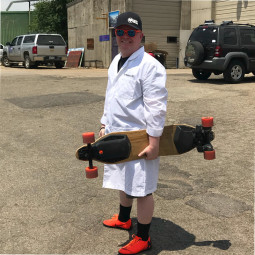
How do you reconcile a flair for competition and performance with a penchant for science and learning. We’ll hear from Doctor Daniel Rudnicki, who’s first career was as a competitive and professional figure skater, then after getting an undergraduate degree in Biochemistry and PhD in Organic Chemistry from CU he then founded a biotech company. But still needing an outlet for his urge to perform he has created the persona of Doctor Dan to bring enthralling and flashy science presentations to local schools. [19:08]
Host: Chip Grandits
Producer: Chip Grandits
Engineer: Chip Grandits
Executive Producer: Beth Bennett
Listen to the show here:
Podcast: Play in new window | Download (Duration: 26:04 — 29.8MB)
Subscribe: RSS

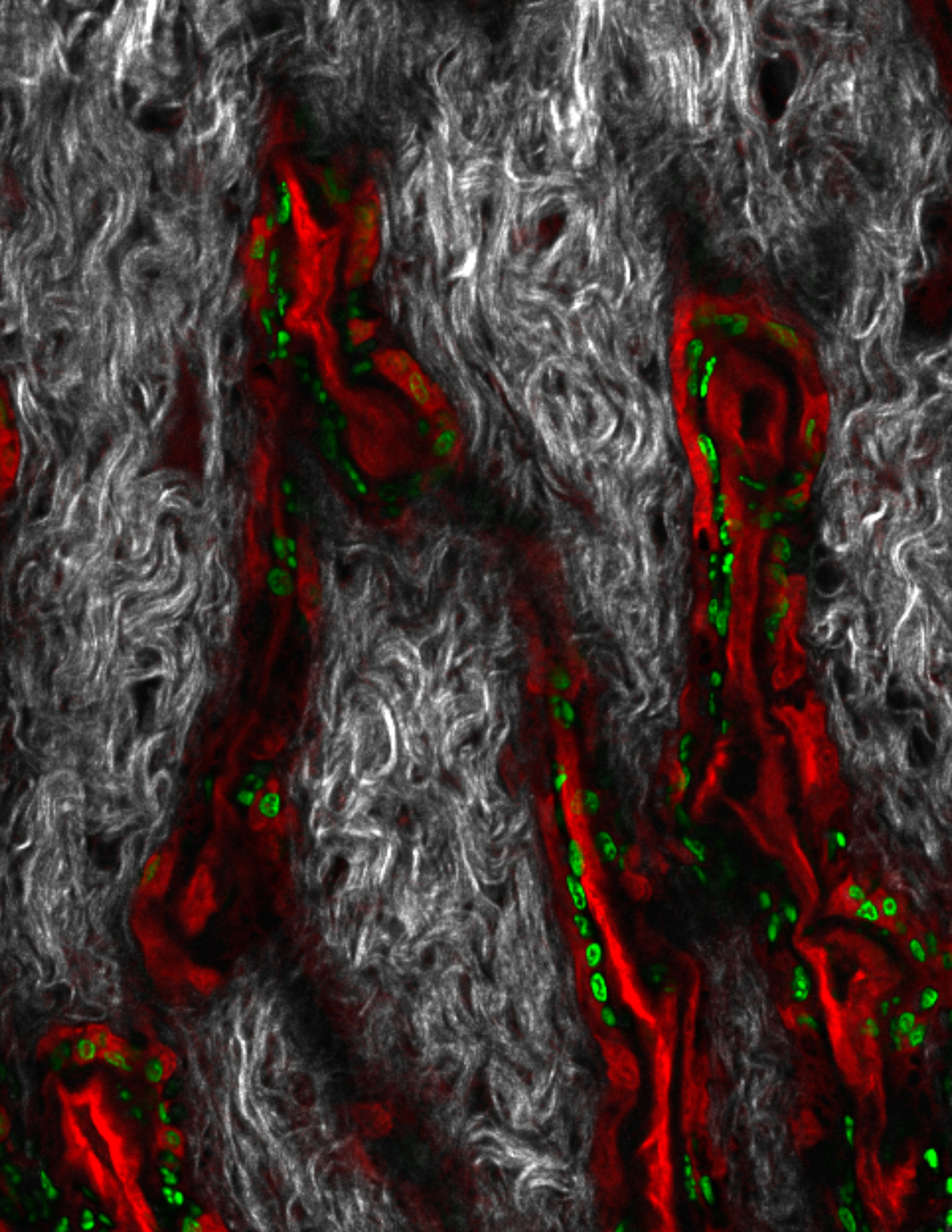






 The National Wildlife Federation just released its report, Safeguarding Summer: From Climate Threats to Iconic Summer Experiences. This report chronicles the latest scientific findings on these trends and shows how we can engage on these issues to save our summers now and for future generations. This week Beth interviews the lead author, Frank Szillosi, about the findings and predictions. You can find the entire report at the NWF website, https://www.nwf.org/Home/Latest-News/Press-Releases/2018/08-15-18-Safeguarding-Summer.
The National Wildlife Federation just released its report, Safeguarding Summer: From Climate Threats to Iconic Summer Experiences. This report chronicles the latest scientific findings on these trends and shows how we can engage on these issues to save our summers now and for future generations. This week Beth interviews the lead author, Frank Szillosi, about the findings and predictions. You can find the entire report at the NWF website, https://www.nwf.org/Home/Latest-News/Press-Releases/2018/08-15-18-Safeguarding-Summer.
 This week’s How On Earth offers two features:
This week’s How On Earth offers two features: Fixing Food Waste (start time: 17:59) We’re all guilty of it: waste. Tossing out peaches, broccoli and other food that has gone bad in the fridge. Or leaving pasta on our plate untouched at an Italian bistro. More than one-third of all food that is produced in the United States is wasted – in the field, at restaurants, in our own kitchens. The conservation organization World Wildlife Fund recently published a report on the huge environmental and health impacts of food waste, and on what can be done to reduce waste, and ultimately preserve grasslands and other natural habitat. Monica McBride, manager of
Fixing Food Waste (start time: 17:59) We’re all guilty of it: waste. Tossing out peaches, broccoli and other food that has gone bad in the fridge. Or leaving pasta on our plate untouched at an Italian bistro. More than one-third of all food that is produced in the United States is wasted – in the field, at restaurants, in our own kitchens. The conservation organization World Wildlife Fund recently published a report on the huge environmental and health impacts of food waste, and on what can be done to reduce waste, and ultimately preserve grasslands and other natural habitat. Monica McBride, manager of 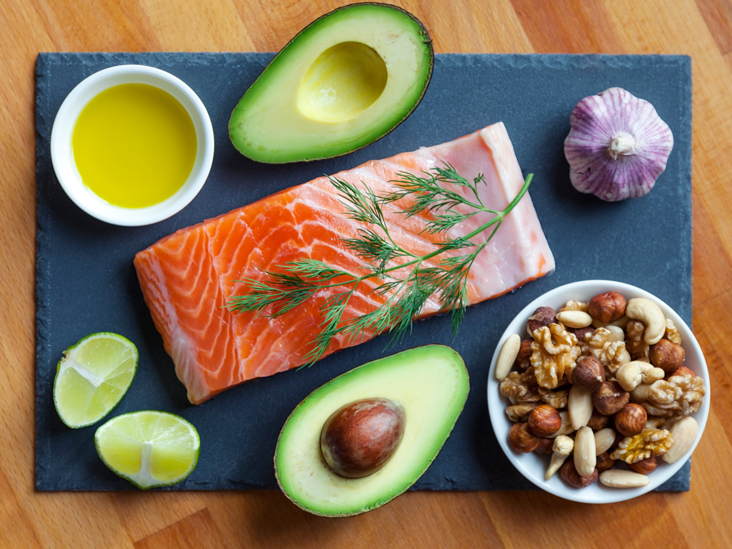
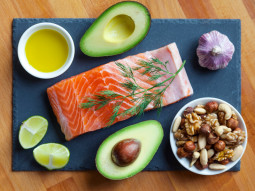
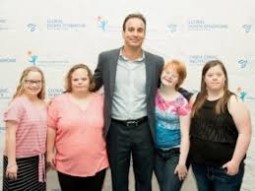
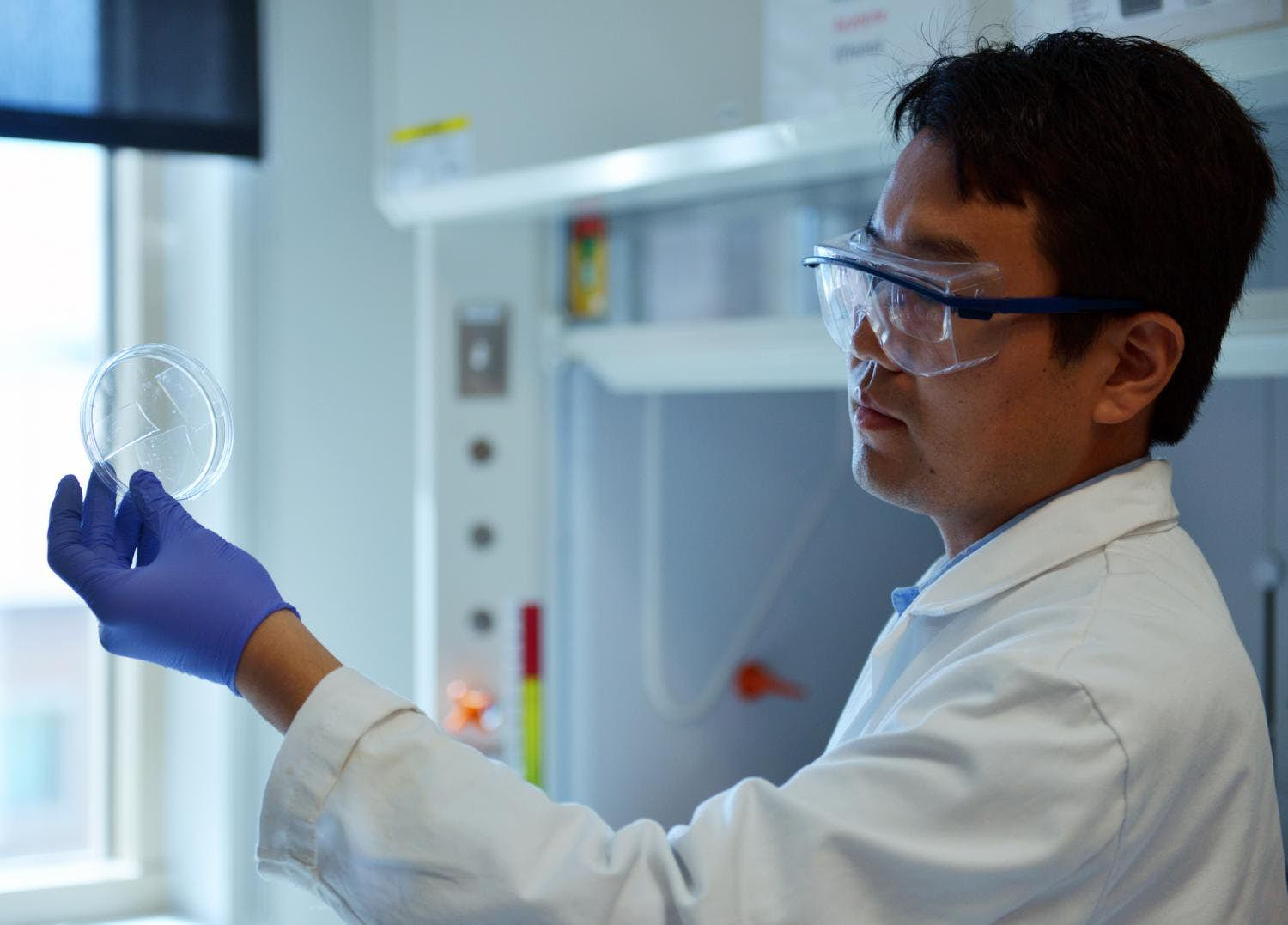
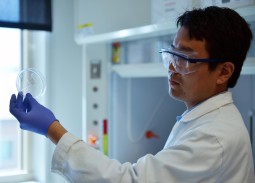
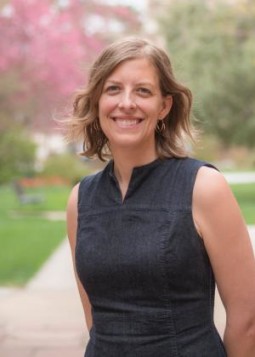

 Dogs have an incredible sense of smell – it’s so good, people can train dogs to sniff our everything from illegal drugs and explosives to lost people and even computer “thumbnail” drives, that maybe someone is trying to sneak into a high security building so they can sneak out information. So how about dogs sniffing for something life-saving, such as a dangerous drop in blood sugars for an insulin-injecting diabetic? For a healthy person, the amount of sugar in the entire bloodstream at anytime is roughly 1 teaspoon. One teaspoon of sugar in around 5 liters of blood. That’s it. For most people, the body’s own insulin production keeps blood sugars in a relatively healthy range, with the pancreas adjusting insulin levels in miniscule amounts to keep blood sugars in balance. For a diabetic who injects insulin, the injection itself can end up putting too much or too little insulin into the body, and this is especially dangerous when it forces blood sugar levels to go far lower than they normally would. Modern technology is reducing the risk, somewhat, through continuous blood glucose monitoring devices. But even these have a lag time, and since sometimes a diabetics blood sugar levels can change dramatically in just 30 minutes, there’s still risk. But now, there are new “blood sugar monitors”. They don’t require batteries. They’re very friendly, they have incredible noses, and they even come equipped with wagging tails. In today’s edition of How on Earth, we talk about “Dogs for Diabetics”.
Dogs have an incredible sense of smell – it’s so good, people can train dogs to sniff our everything from illegal drugs and explosives to lost people and even computer “thumbnail” drives, that maybe someone is trying to sneak into a high security building so they can sneak out information. So how about dogs sniffing for something life-saving, such as a dangerous drop in blood sugars for an insulin-injecting diabetic? For a healthy person, the amount of sugar in the entire bloodstream at anytime is roughly 1 teaspoon. One teaspoon of sugar in around 5 liters of blood. That’s it. For most people, the body’s own insulin production keeps blood sugars in a relatively healthy range, with the pancreas adjusting insulin levels in miniscule amounts to keep blood sugars in balance. For a diabetic who injects insulin, the injection itself can end up putting too much or too little insulin into the body, and this is especially dangerous when it forces blood sugar levels to go far lower than they normally would. Modern technology is reducing the risk, somewhat, through continuous blood glucose monitoring devices. But even these have a lag time, and since sometimes a diabetics blood sugar levels can change dramatically in just 30 minutes, there’s still risk. But now, there are new “blood sugar monitors”. They don’t require batteries. They’re very friendly, they have incredible noses, and they even come equipped with wagging tails. In today’s edition of How on Earth, we talk about “Dogs for Diabetics”.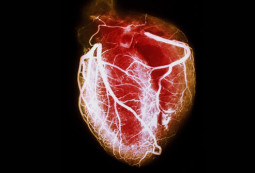
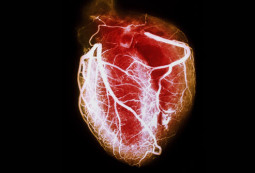
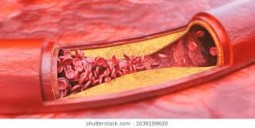
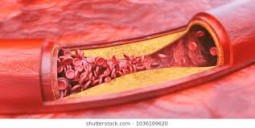 This week’s How on Earth guest, Dr Doug Seals, researches vascular aging. Several events occur as we age that conspire to damage blood vessels, culminating in what is popularly known as hardening of the arteries. But lifestyle modifications to exercise and diet can prevent and even reverse this trend. This week’s show gives background and mechanisms of this aging; next week’s episode will delve more deeply into solutions and interventions. To find out more about the Seals’ lab research visit their website: https://healthyagingproject.org/
This week’s How on Earth guest, Dr Doug Seals, researches vascular aging. Several events occur as we age that conspire to damage blood vessels, culminating in what is popularly known as hardening of the arteries. But lifestyle modifications to exercise and diet can prevent and even reverse this trend. This week’s show gives background and mechanisms of this aging; next week’s episode will delve more deeply into solutions and interventions. To find out more about the Seals’ lab research visit their website: https://healthyagingproject.org/

